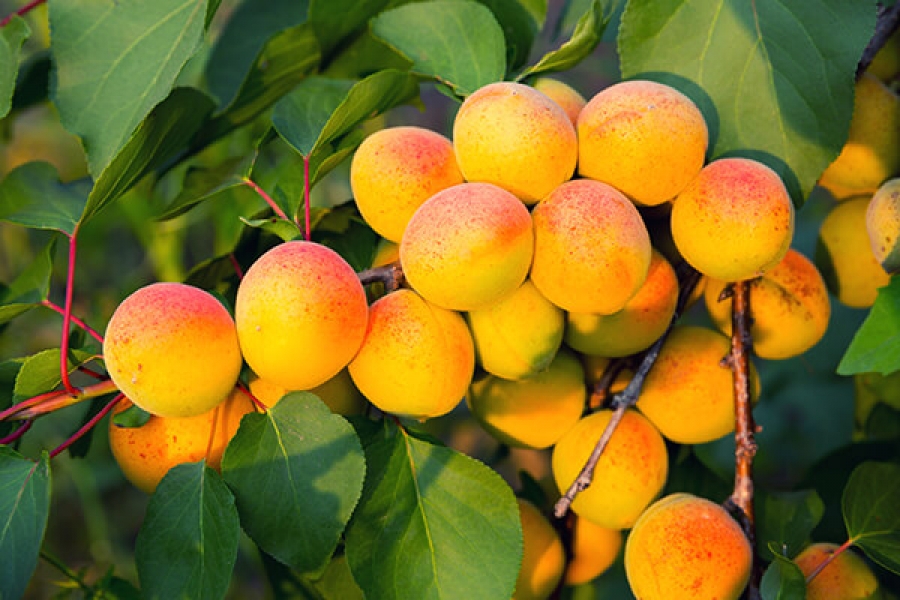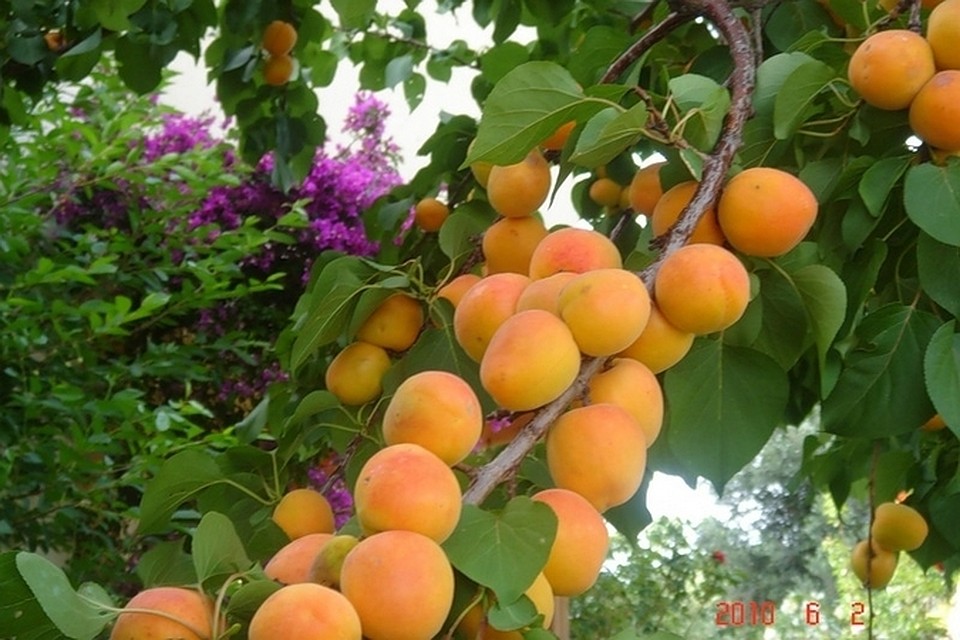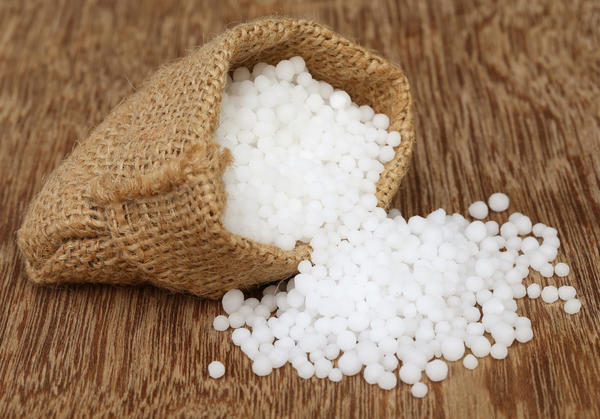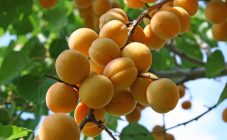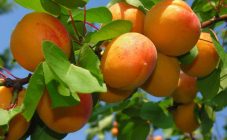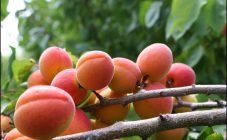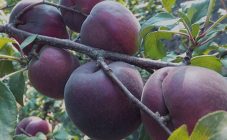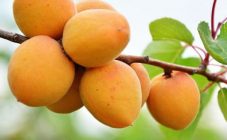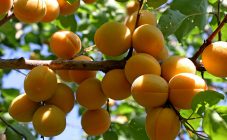Content:
One of the main desires of every gardener is a large number of fruit trees that will bring a rich harvest. Many people prefer apricot. Until recently, it was believed that this heat-loving and whimsical culture bears fruit exclusively in regions with a southern climate, but breeders have managed to breed varieties that bear fruit in unstable weather conditions. One of these types is the Khabarovsk apricot.
General information about culture
Apricot Khabarovsky was obtained as a result of experiments by the breeder G.T. Kazmin. At the Far Eastern Research Agricultural Institute, in the second half of the 40s, Kazmin crossed the Best Michurinsky and Red-cheeked apricots. The result of this selection was to obtain a variety suitable for cultivation in the Primorsky region, as well as in Khabarovsk.
A distinctive feature of the Khabarovsk variety is the early onset of flowering. It is for this reason that it is popular in regions with a southern climate. The middle lane and other areas with frequent late frosts are also suitable for growing crops, because bud shedding was not recorded during the flowering period of the tree. This suggests that this species is resistant to cold weather.
For the first time, the Khabarovsk apricot bears fruit after 5 years after landing in the ground. In order to get a bountiful and high-quality harvest, the tree must be surrounded with care and proper care. When growing, it is worth remembering that the variety perfectly tolerates prolonged heat and heavy rainfall.
Apricot of the Khabarovsk variety is distinguished by its relative resistance to moniliosis and clotterosporia, but sometimes it can be affected by such a pest as the moth. Taking into account all of the above features of this species, we can conclude that the culture is popular among gardeners living in many regions of the Russian Federation.
As for the composition of apricot fruits, it includes the following components:
- Apple acid;
- vitamin C;
- sugar.
Ripening of the Khabarovsk variety occurs in the second half of July. And if you surround the tree with appropriate care during cultivation, then from one seedling you can get a crop, the weight of which will be up to 40 kg. It is worth noting that this variety needs pollinators.
Description of the variety apricot Khabarovsk
The trunk of the Khabarovsk apricot grows rather quickly, which is why the tree reaches a great height. After ten years of life, the culture grows up to five meters in height. Experts recommend using crown pruning to help shape the tree correctly. This procedure is carried out at the initial stage of plant development, preferably in the first two years, so that harvesting does not present any inconvenience in the future.
Apricot Khabarovskiy has a spreading thin crown, the diameter of which is five meters. The crown of the tree consists of thick and straight skeletal branches, which have a dark purple hue and whitish longitudinal stripes. The shoots of the tree are annual, thick and straight, and their length is 1 meter.The culture begins to bear fruit after a three-year-old wood is formed, which is represented by elongated fruit branches. The arrangement of three-year-old wood is perpendicular to the main branches.
Apricot buds of the Khabarovsk variety are rather large in size, and their shape is pointed-round. Arranged singly or 3-4 pieces in one bundle. If the location of the buds is of a group nature, the main growth bud is in the center, and all the others are on the side.
The leaf blade of the seedling is medium in size and oval-elongated in shape, with pointed long tips and serrated edges. The outer surface of the foliage is matte and dark in color, while the inner side is light green. The length of the petioles is 3 cm, their color, in most cases, is red-burgundy.
The flowers of this variety are large, white and rounded, barely closing petals. As for the stigma and stamen, they are located close to each other, due to which the Khabarovsk apricot is self-fertile. This fact contributes to the fact that the flowers do not freeze during sudden spring frosts.
The main characteristics of the fruits of the Khabarovsk variety:
- The mass of one fruit is 30 g, in some cases - 50 g.
- The apricot has a conical shape with a pointed tip and a deep fossa in the lower part. Slight compression can be seen on the side.
- The pulp has an orange hue and a thick texture with medium juiciness. There is a noticeable sourness in the taste.
- The fruit is distinguished by a bumpy skin, pubescent and firmly attached to the pulp. The skin is light green in color, and the surface of the fruit is crowned with a wide and deep seam.
Growing features
To carry out the correct planting of the Khabarovsk apricot, you should prepare the soil in advance, and also take into account the place, time and features of the choice of planting material. Experts recommend planting seedlings in autumn or spring. In the process of autumn planting, one should take into account the fact that the seedlings will hibernate in the ground, and winter frosts can harm them.
The apricot planting procedure takes place in several stages:
- To begin with, you should prepare a planting hole, and drive a small stake into its very center, to which a tree is tied in the future.
- Before planting, you should dip the root system of the seedling for half an hour in a solution of clay talker. This is necessary to keep moisture in the right amount.
- The tree must be placed in a hole, carefully spread out the roots and covered with earth. It is necessary to prevent the formation of voids under the roots, to compact the soil in the process of filling the hole, and also to shake the tree.
- The next step is to tie the seedling to a wooden stake.
- At the end of the planting in open ground, a small earthen rampart must be created around the entire diameter around the trunk. It is needed to keep water near the trunk circle. It is necessary to water the tree without sparing water; moisture must penetrate into the ground at a distance of 1 meter.
- A plot of land near the trunk circle must be fertilized with peat, humus or any other organic component. Thus, moisture will stay at the root system longer, and the appearance of weeds is practically excluded.
The trunk circle needs to be periodically cleaned of weeds, especially at a young age. For the development of a fragile root system, you will need soft, oxygen-rich soil. Weed grass rapidly occupies the area around the seedling, compacts the soil and blocks oxygen.
Watering the Khabarovsk apricot is not necessary often. It is necessary to moisten the soil abundantly in early June and mid-July.At the end of summer, the amount of water should be reduced to prevent vigorous growth and shoot elongation. With the onset of spring, you should resort to sanitary pruning, remove branches affected by diseases, frostbite or pests.
Apricots must be fertilized with chemical and mineral fertilizing. Carry out top dressing that contains nitrogen in order for the crown to gain strength.
Advantages and disadvantages of the variety
Domestic gardeners note some of the advantages of the Khabarovsk variety, which contribute to its popularity:
- large fruit sizes;
- appetizing appearance;
- high yield rate;
- the bone has a sweet core;
- the variety is distinguished by the ability to multiply by seeds.
There are not many disadvantages of this variety. It only has poor transportability and poor frost resistance if the seedlings are in a low location.
Based on the listed disadvantages and advantages, we can conclude that the Khabarovsk apricot belongs to the high-yield varieties, which many prefer. It is chosen for growing on personal plots, as well as on fruit plantations.
